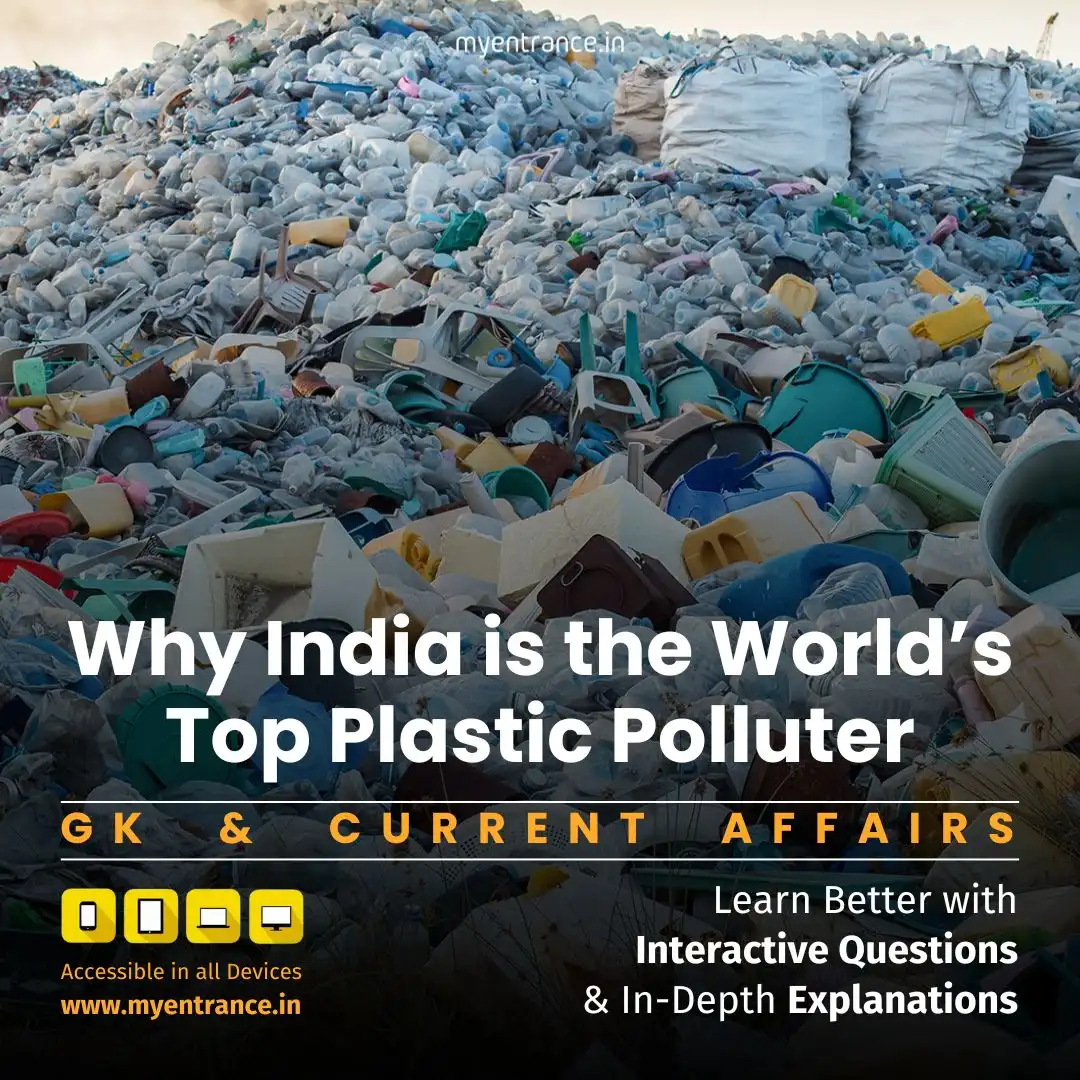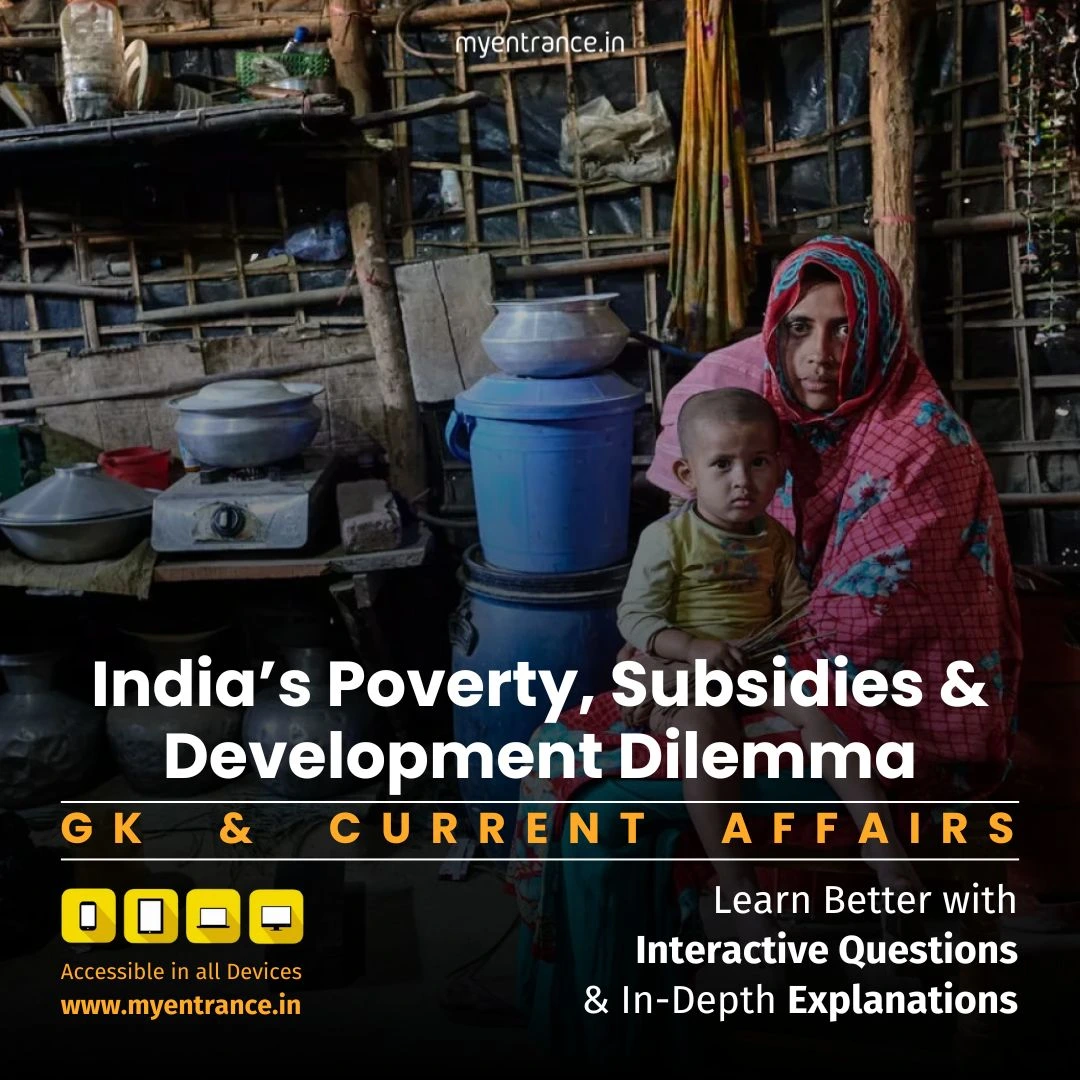Select Language
Why India is the World’s Top Plastic Polluter – And How to Fix It
India generates a staggering amount of plastic waste, much of which remains unmanaged, polluting land, water, and air. A recent study reveals that India contributes 20% of global plastic emissions, highlighting an urgent need for better waste management and recycling strategies.

India’s Plastic Pollution Crisis: Causes, Effects, and Solutions
Plastic pollution has reached alarming levels in India, making it the world’s largest emitter of plastic waste. From overflowing landfills to toxic air pollution, the consequences are dire. Here’s a deep dive into the issue and how India can combat it.
The Scale of India’s Plastic Waste Problem
India generates 27.8 million tonnes (Mt) of plastic waste annually, far exceeding official estimates.
Only 12% is recycled, while 20% is burned, releasing toxic fumes.
A shocking 70% remains unaccounted for, ending up in rivers, landfills, and streets.
A 2024 study in Nature ranked India as the top plastic polluter, contributing 9.3 Mt of plastic waste directly into the environment. This includes:
5.8 Mt openly burned, poisoning the air.
3.5 Mt entering oceans as microplastics.
Why is Plastic Waste Mismanaged in India?
Informal Recycling Sector Dominates
Places like Tikri Kalan in Delhi handle massive plastic waste volumes, but most recycling happens informally.
Over 200 trucks deliver plastic daily, yet much goes unprocessed due to mixed waste.
Lack of Proper Waste Management Systems
Rural areas lack collection systems, leading to open dumping and burning.
Urban areas struggle with segregation and recycling inefficiencies.
Underreporting of Plastic Waste
Official data excludes informal recycling and rural waste, leading to underestimations.
Health and Environmental Impacts
Air Pollution: Burning plastic releases dioxins and furans, causing respiratory diseases and cancer.
Water Contamination: Microplastics enter drinking water, harming marine life and humans.
Soil Degradation: Plastic waste leaches chemicals, reducing soil fertility.
How Can India Reduce Plastic Pollution?
Government and Policy Measures
Strict Enforcement of Plastic Ban: Single-use plastics must be phased out effectively.
Investment in Waste Management: Better infrastructure for collection and recycling.
Incentivizing Formal Recycling: Supporting waste pickers with fair wages and safe working conditions.
Individual Actions
Reduce Single-Use Plastic: Opt for cloth bags, steel bottles, and biodegradable packaging.
Proper Waste Segregation: Separate recyclables from general waste.
Support Eco-Friendly Brands: Choose products with minimal plastic packaging.
Sample Questions and Answers
Q1: Why is India the world’s largest plastic polluter?
A: India generates 27.8 million tonnes of plastic waste annually, with only 12% recycled. Poor waste management leads to massive environmental leakage.
Q2: How does burning plastic affect health?
A: Burning plastic releases toxic chemicals like dioxins, which cause respiratory diseases, cancer, and hormonal imbalances.
Q3: What percentage of India’s plastic waste is recycled?
A: Only 12% is recycled, while 70% remains unmanaged, polluting land and water.
Q4: What role does the informal sector play in plastic recycling?
A: The informal sector handles most recycling but lacks proper regulation, leading to inefficiencies and health hazards.
Q5: How can individuals help reduce plastic pollution?
A: By avoiding single-use plastics, segregating waste, and supporting sustainable brands, individuals can significantly cut plastic waste.
Most Predicted Questions
Comprehensive study materials, Expert-guided tips & tricks, Mock tests and instant results.
Start your SSC, NIFT, NID, FDDI, PSC journey today with MyEntrance, your ultimate online coaching platform.















